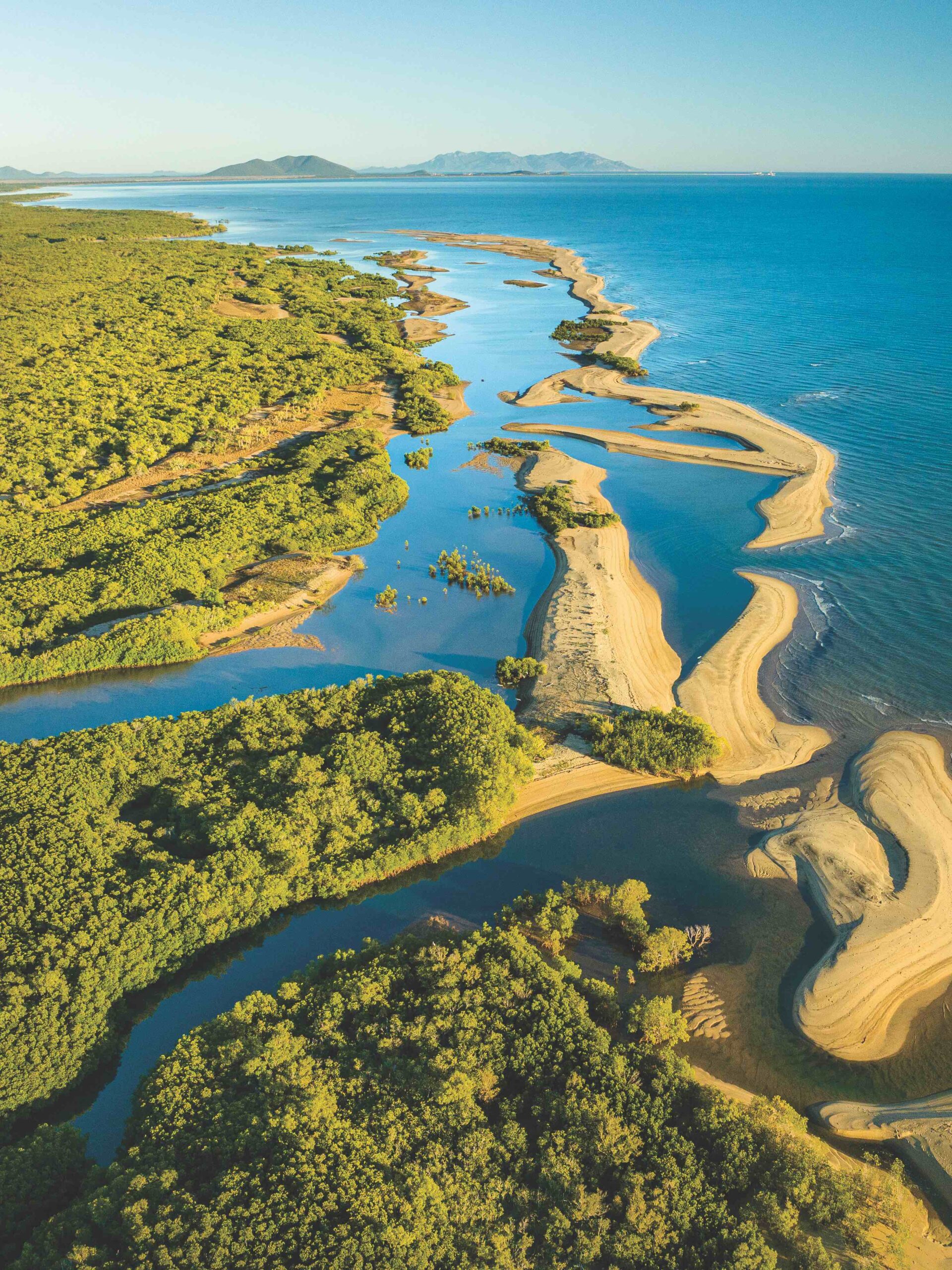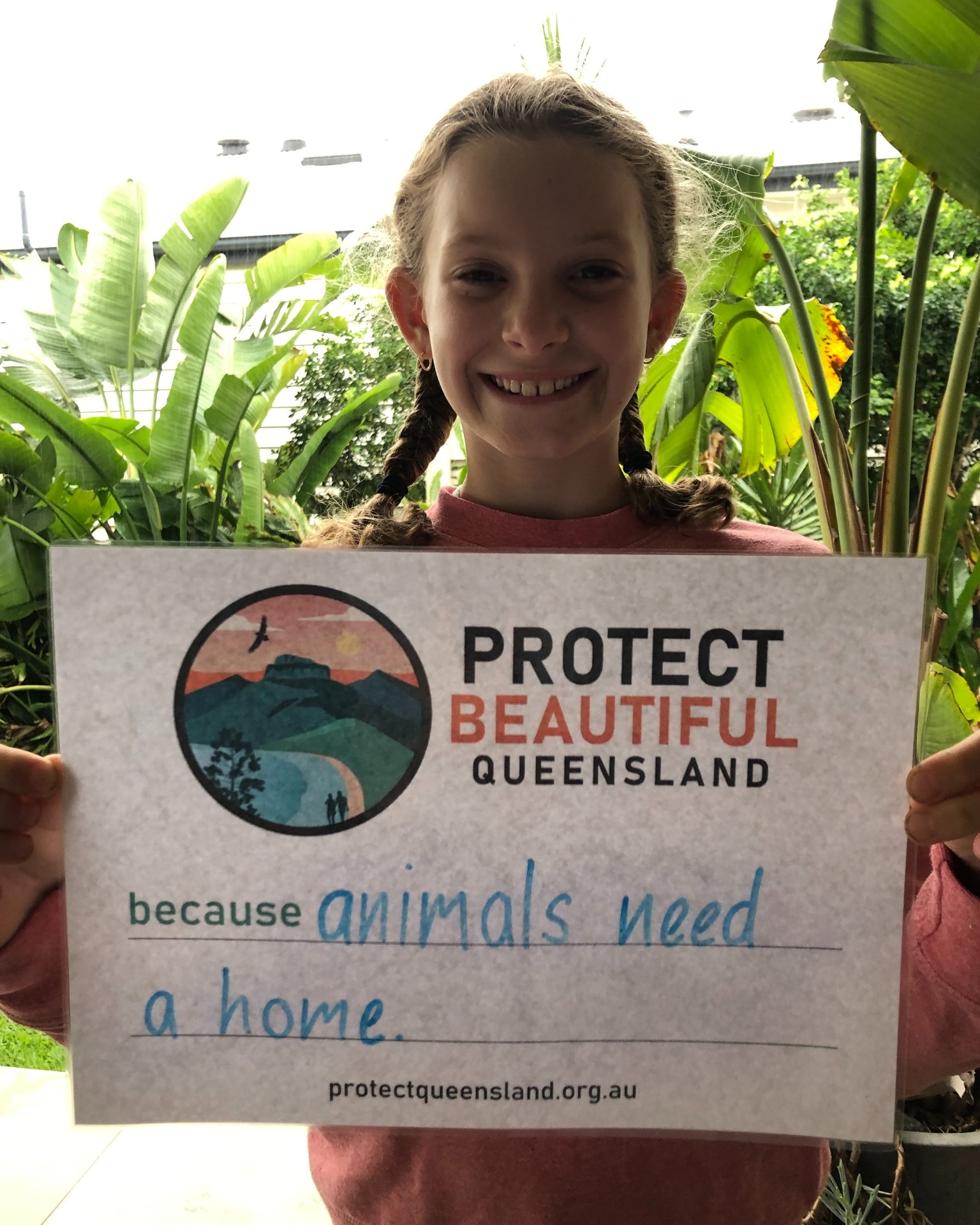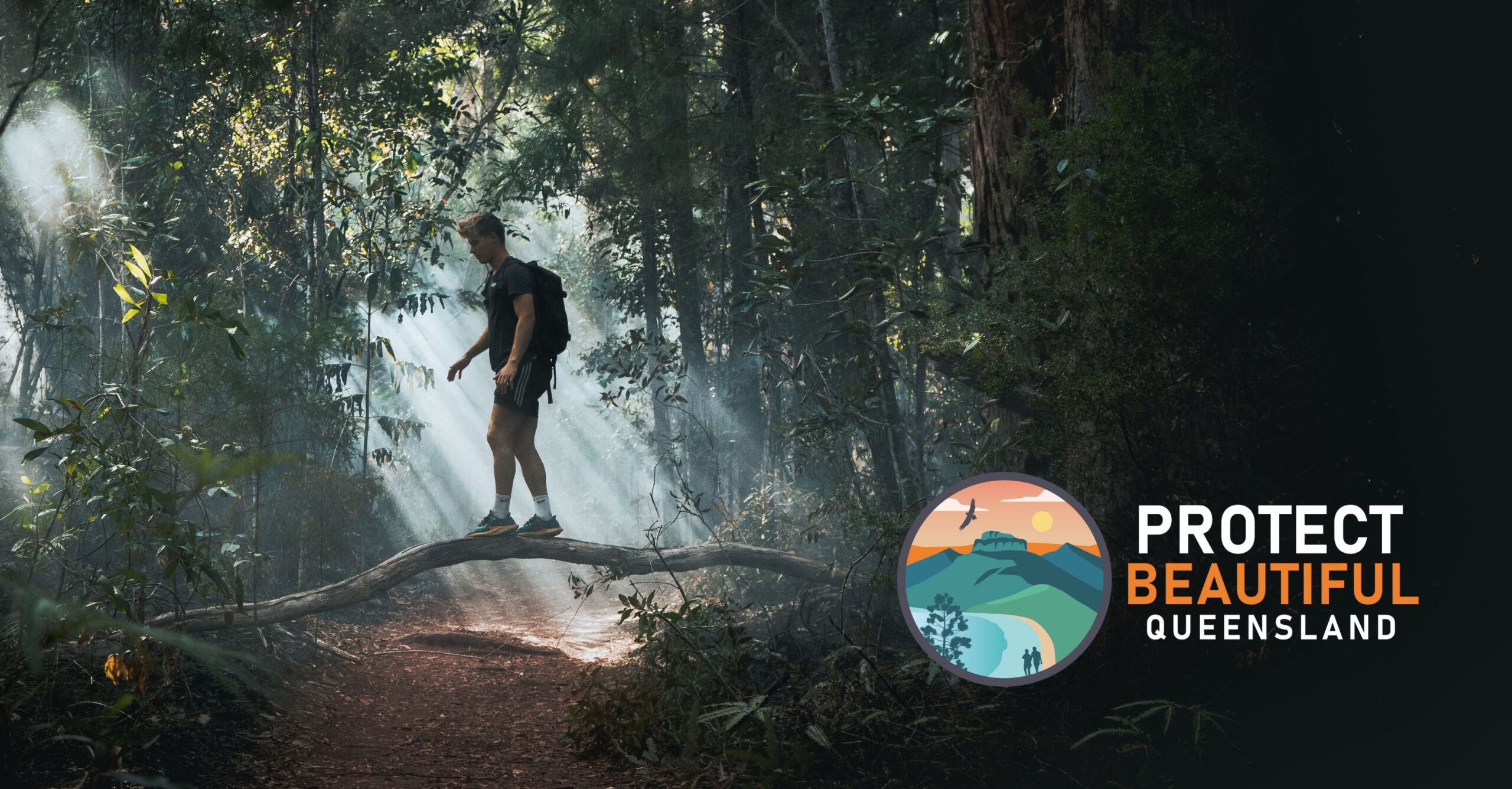National parks for future generations
As Queenslanders, we are lucky to live in one of the most wildlife-rich places on the planet. New national parks will offer even more places for friends and families to explore and experience low-impact recreation, adventure and freedom. National parks are an outdoor learning space for children, learning about adventure, nature and culture outside of the classroom.
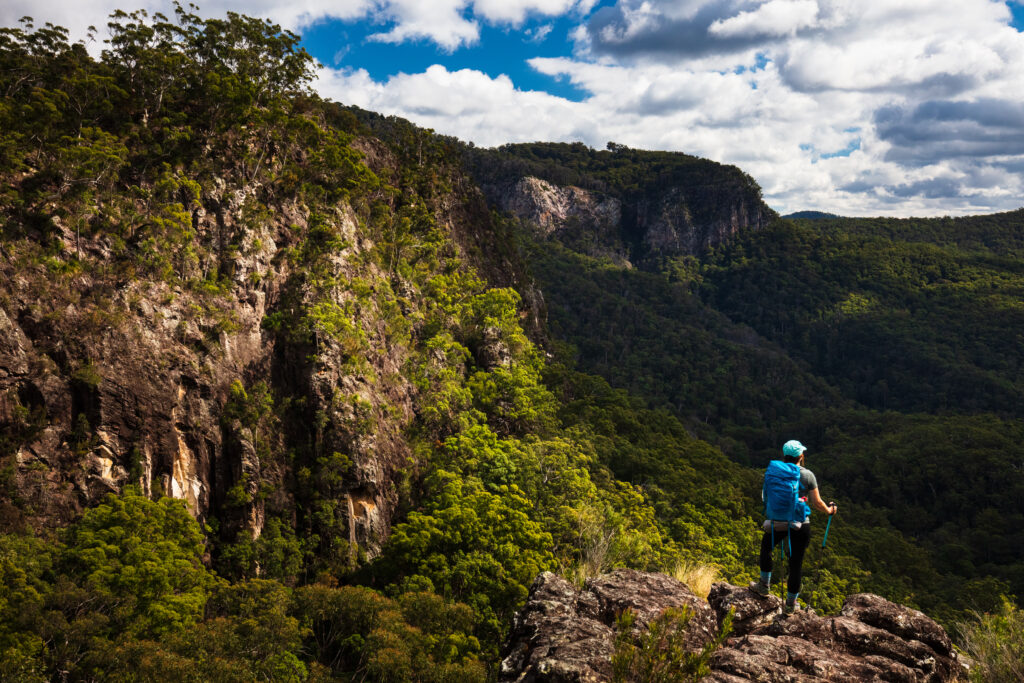
Lamington National Park. Photo: Ben Blanche
National parks offer us an opportunity to reflect upon our wellbeing, and mental health research points to natural settings to reconnect with nature. Queensland’s national parks are a powerful drawcard for locals and tourists from Australia and around the world. Visitors to national parks in Queensland spend about $3.7 billion every year, of which $2.6 billion is generated by the national parks, supporting over 17,000 jobs mostly in regional Queensland.
This expenditure has a positive direct impact on local Queensland businesses that provide services and supplies. With a focus on domestic tourism and travel, it is safe to say that new national parks will be attractive for a renewed audience who are looking forward to holidays that reignite their adventurous Queensland spirit. More well-managed national parks will enable new tourism developments and opportunities to be built close to national parks, to showcase Queensland’s spectacular heritage.
Well-managed national parks and private land reserves are our best chance to protect endangered wildlife, conserve nature for future generations and protect cultural values. Queensland currently has only approximately 8.2% of land in protected areas, lower than any other state or territory in Australia.
We urgently need more land managed effectively for endangered wildlife, which are under pressure from a tsunami of threats: loss of habitat from land clearing, attack from pet dogs and cats when wildlife homes are lost, and climate change-induced heatwaves shifting basic needs like water availability and food sources, causing animals to leave their homes and often in the process, lose their lives.
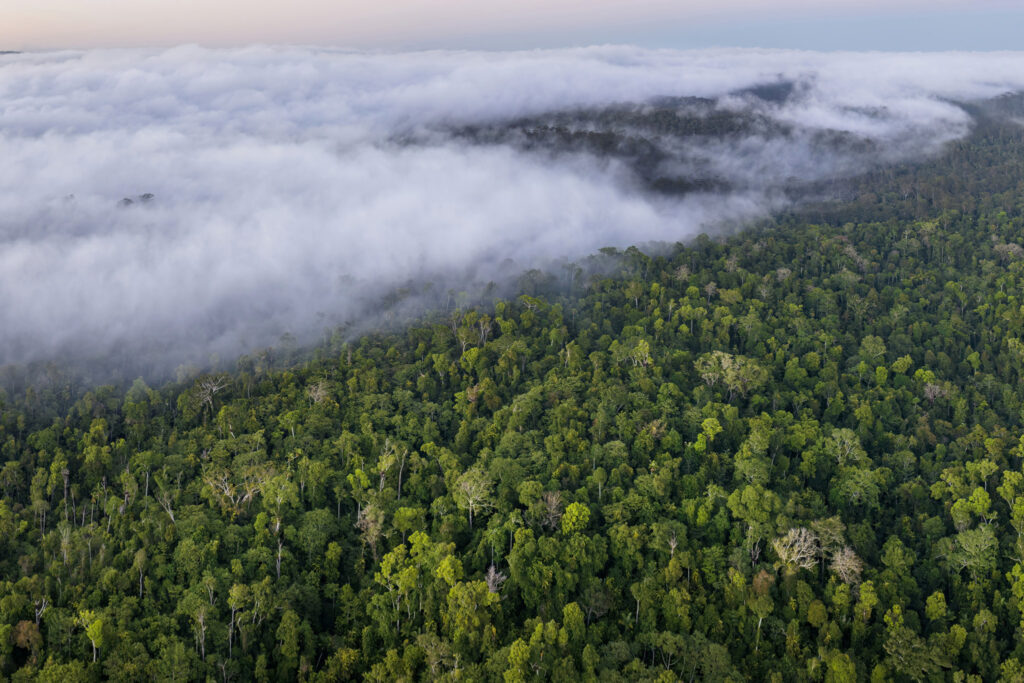

Above: Unprotected public land in Queensland supports nearly 3 million hectares of diverse native forests. Left is Lannercost State Forest near Ingham, right, is Formantine Forest near Cairns. Photos: Kerry Trapnell.
Currently, we’re facing some of the slowest growth of protected areas over the past 20 years. With the state government’s release of the Protected Area Strategy 2020-2030 report, it is important that this strategy is prioritised as a matter of state significance with a stronger course of proactive management.
Queensland has a strong track record of innovation in nature conservation, extraordinary natural assets, a highly valued nature-based tourism industry and a community that values nature for its intrinsic and recreational values. These conditions provide a strong foundation for future success, with high-level leadership and levels of state investment commensurate with the Government’s vision of a world-class protected area network.
National Parks provide a legal safeguard for wildlife and connect us with rich, life-giving landscapes essential for our well being. Worth over $3.7 billion to Queensland’s economy, national parks and other protected areas are also a proven safe-haven for wildlife. More well-managed national parks and an increase in management investment is good for jobs, the economy and nature.
A new approach to national parks
While national parks need to remain focused on nature conservation, there is now global acknowledgement that this focus should never be at the exclusion of living Indigenous cultures.
Queensland’s landmark Cape York Tenure Resolution Program delivers a leading consent-based model of negotiating new Aboriginal owned national parks. This unique process has been supported by successive Queensland governments of all persuasions for nearly 20 years and has resulted in over 2 million hectares of Aboriginal owned national parks jointly managed with the Queensland Parks and Wildlife Service. This world-leading model has been extended to the World Heritage-listed Daintree National Park.
The benefits of joint management include diversified employment opportunities and an increase in revenue streams for national parks. There are also significant socio-economic benefits, with an increasing number of Indigenous rangers across the sector. Career opportunities, niche tourism and cultural maintenance all arise from this joint management approach and the growth in land management enterprises.
National parks as a safe haven for wildlife
National parks are home to endangered wildlife. With so much of Queensland’s wildlife now under threat, we urgently need more well-managed national parks.
In a number of instances, protected areas such as national parks have provided the last refuges for threatened species.
The northern hairy-nosed wombat is found only in Epping Forest National Park, northwest of Rockhampton. In 2021, only 315 northern hairy-nosed wombats existed in the wild. This was the remaining population following the demise of the species in its original range. Without national park protection, the northern hairy-nosed wombat could already be extinct today.


